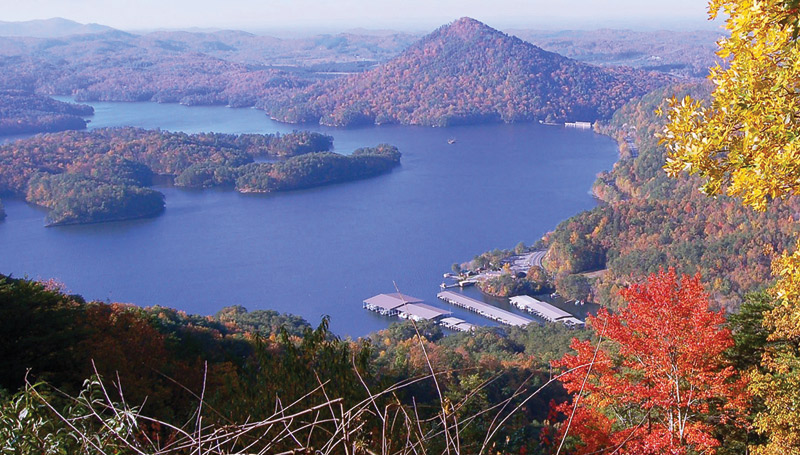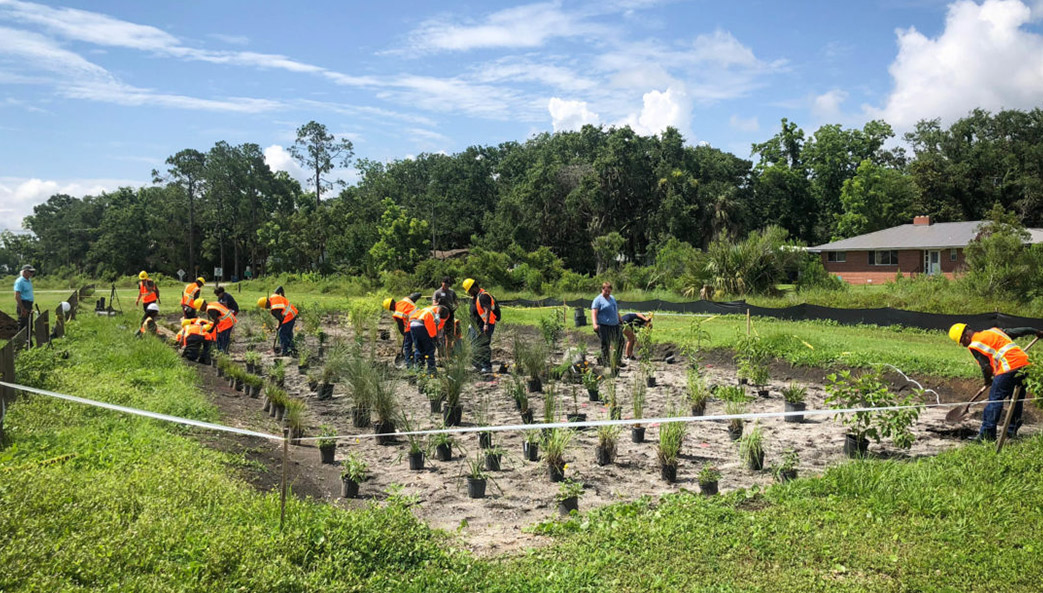Despite its intense economic development, the U.S. still has millions of acres of pristine lands. Admired for their beauty, these wilderness areas draw hosts of outdoor enthusiasts eager for a taste of primitive nature. But UGA researchers say these federally protected natural areas have a problem: Their boundaries are becoming prime real estate.
Ironically, homes are being built very close to areas of the National Wilderness Preservation System for the same reasons that these areas have been left protected from development. “People like the idea of having a national forest in their backyard,” said Lauren Ward, a graduate student at UGA’s Warnell School of Forestry and Natural Resources.
But the consequences of “landowners’ choices, from over-applying lawn-care chemicals to introducing invasive plant and animal species, can have far-reaching negative impacts on neighboring wilderness areas,” said Ward. Such impacts include degradation of the quality of these lands and erosion of their biodiversity—trends that are difficult to reverse.
“Wilderness is easy to destroy, but it is nearly impossible to re-create,” said Ward. Thus she and Gary Green, an associate professor at the Warnell School, propose that federal agencies overseeing natural wild areas create buffer zones to help wilderness managers “better preserve and protect these lands for future generations to enjoy.”






